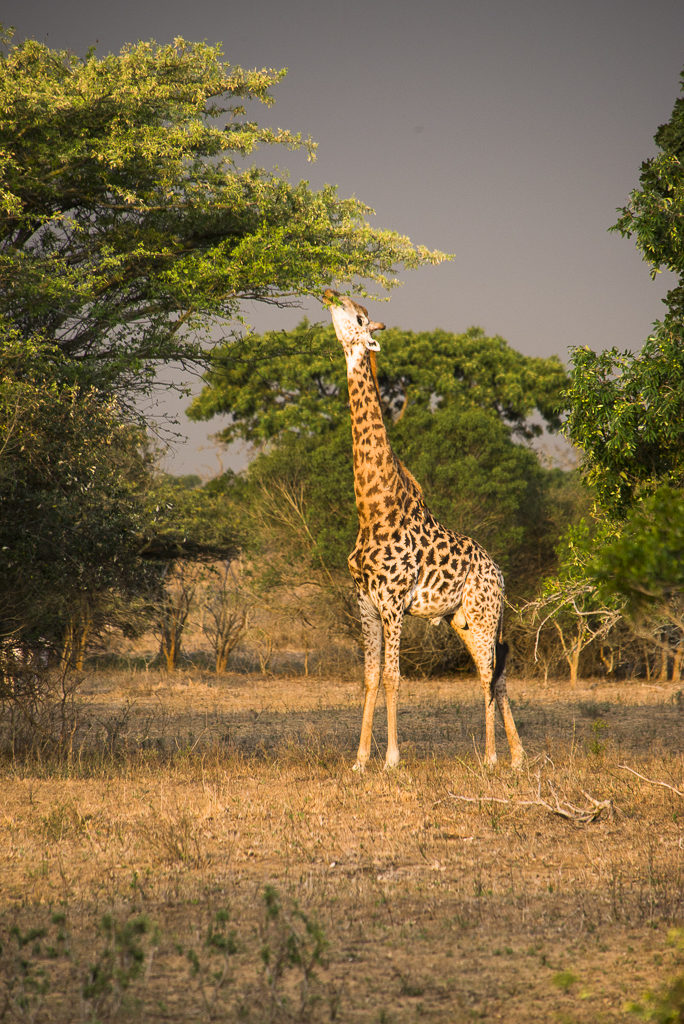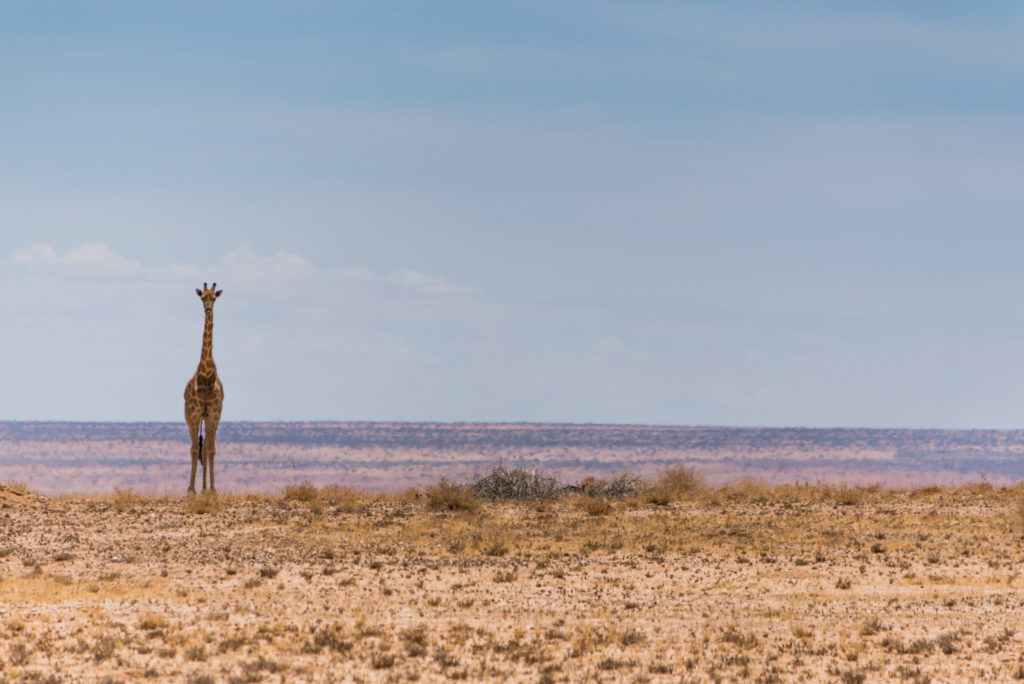
Giraffes are the supermodels of the animal kingdom, they turn the savannas of Africa into their cat walk with each sway of their elegant long necks, with each long-legged stride and each long-lashed bat of their eyes. They fill us with this warm feeling of satisfaction one gets when witnessing beauty and perfection. Humans adore giraffes – so much that the number of Sophie La Giraffe rubber toys sold each year in France alone is bigger than the number of Giraffes living on the entire African continent.
The world’s tallest animal is at the risk of extinction. Nearly 40% of the wild giraffe population in Africa (that means worldwide) was lost in the past thirty years, according to the authoritative list compiled and issued by the International Union for the Conservation of Nature (IUCN).
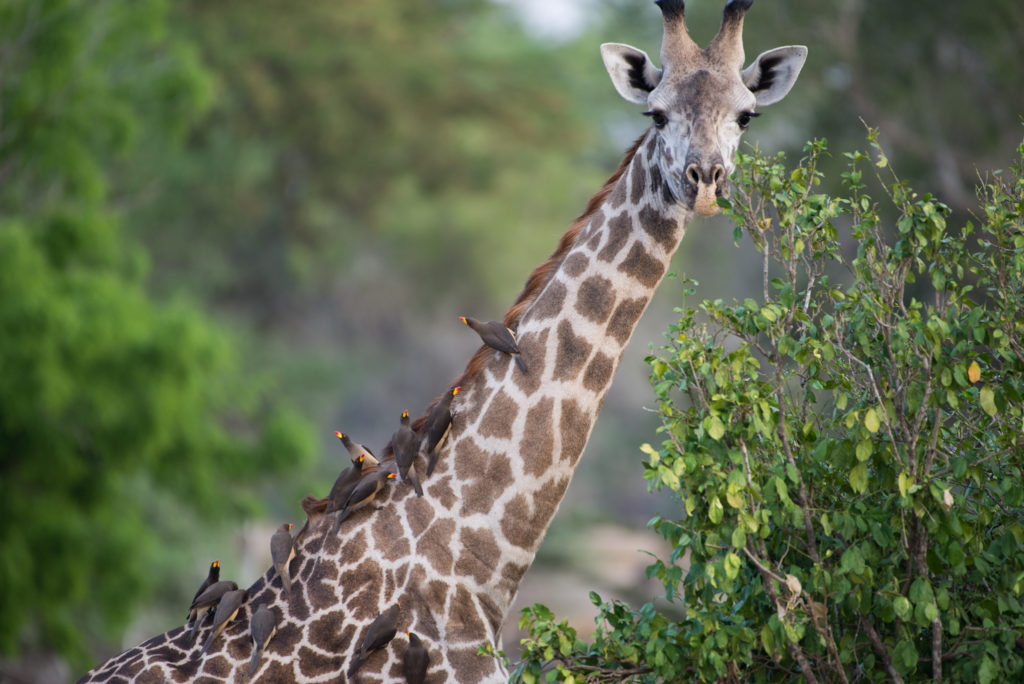
It is, as with any other endangered species, the growth of human population that led to this dramatic decline in numbers. Tackling the underlying causes requires economic and ecological collaboration on a global basis.
While poaching is a considerable problem – their natural curiosity makes giraffes easy prey, loss of habitat through agriculture, mining, urbanization and pollution seems to be the bigger problem. These giant animals need space to roam – space which many protected areas like national parks and reserves can’t offer. Loss of wild crops like mangoes and sunflowers, which are more resilient to droughts and diseases, and which provide food supplies when times get rough, constitutes another important problem.
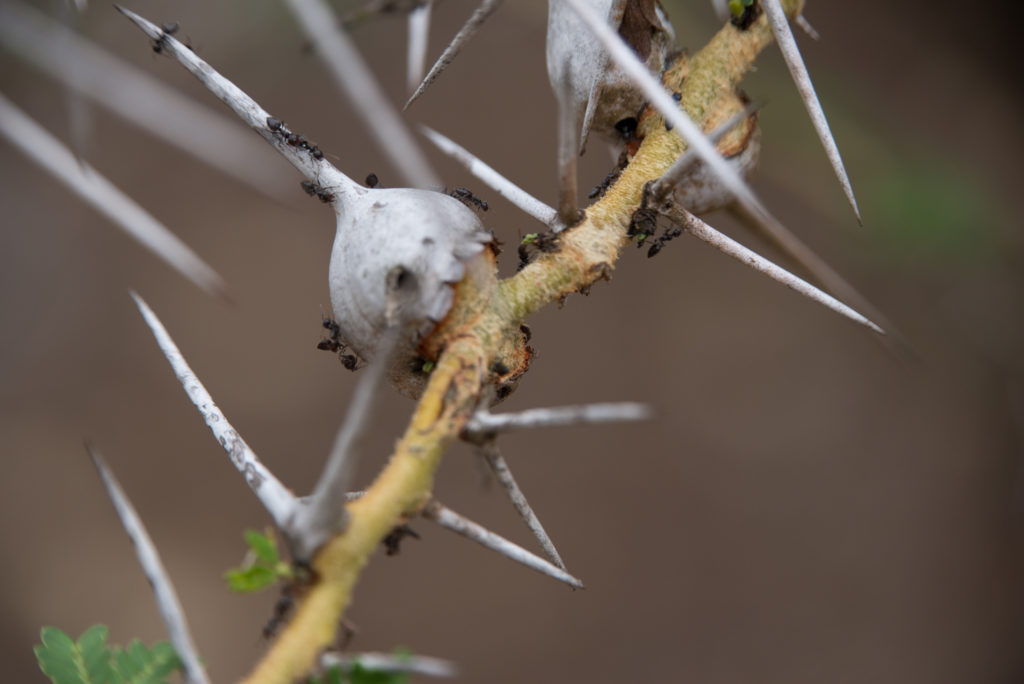
Silent Extinction
“These gentle giants have been overlooked. It’s well known that African elephants are in trouble and there are perhaps just under half a million left. But what no one realised is there are far fewer giraffes, which have already become extinct in seven countries,” the British naturalist and broadcaster Sir David Attenborough said.
While their conservation status has been considered of least concern, giraffes are now “vulnerable”. In numbers, giraffe population has plummeted from 157,000 to 97,500 since 1990. Today they count less than 100,000.
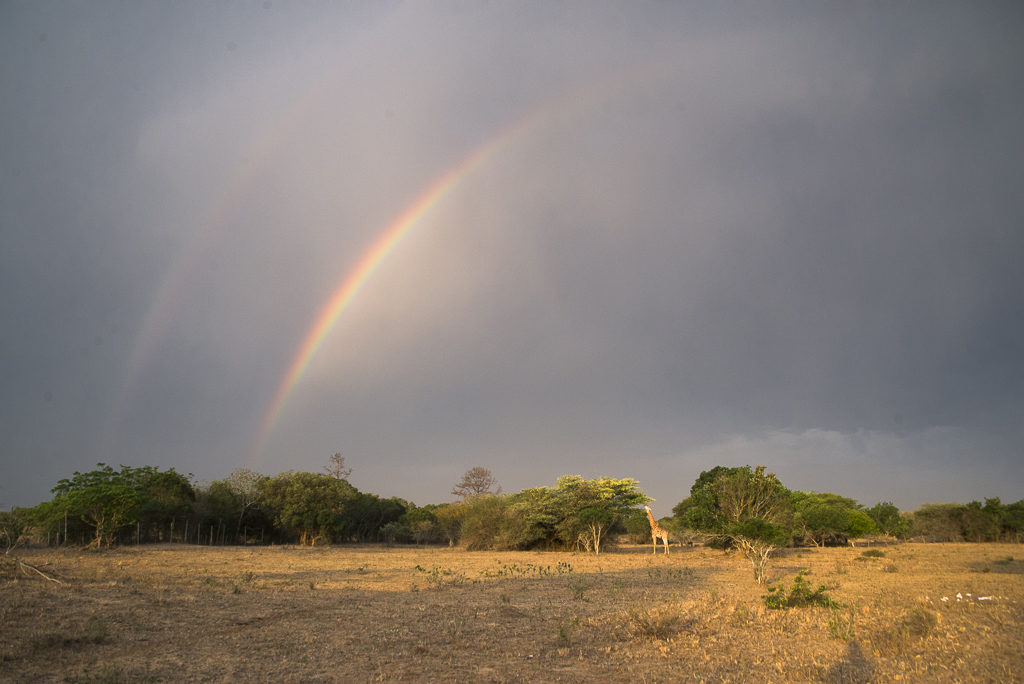
Recently, researchers have discovered through DNA analysis, that there is not just one species of giraffe, but four distinct species: The Southern Giraffe with two subspecies (the Angolan Giraffe and the South African Giraffe); the Massai giraffe; the reticulated giraffe; and the northern giraffe with another two subspecies (the Kordofan and the West-African giraffe).
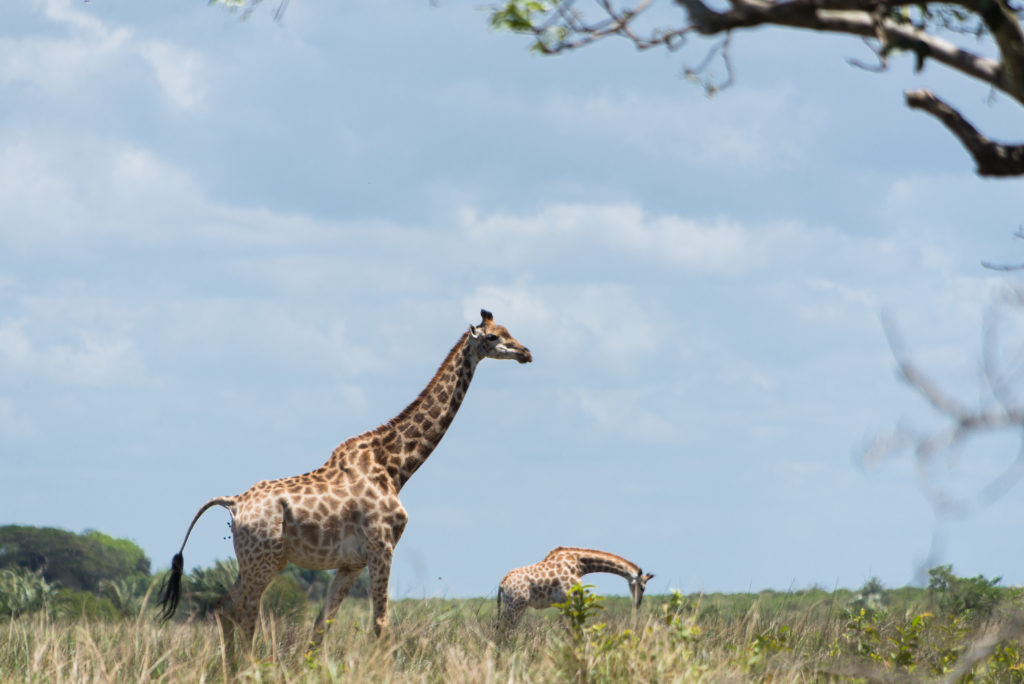
This might seem like an irrelevant academic detail, but it is in fact problematic since in the wild distinct species do not interbreed. This means, that while the South African giraffe is actually growing in numbers due to successful protection efforts in South Africa, the three others are facing extinction.
According to IUCN chairman Julian Fennessy giraffes are especially under threat in war torn areas like northern Kenya, Somalia, and Ethiopia in the border area with South Sudan. With his wife, the biologist has founded GCF, the Giraffe Conservation Found that saves giraffes in their habitat. Their breathtaking work can be supported at their website: giraffeconservation.org .
This year, French babies are still happily squeezing their rubber Sophies, but they grow up into a dim future, where the living, breathing giraffes will be a nothing but a silent memory.
